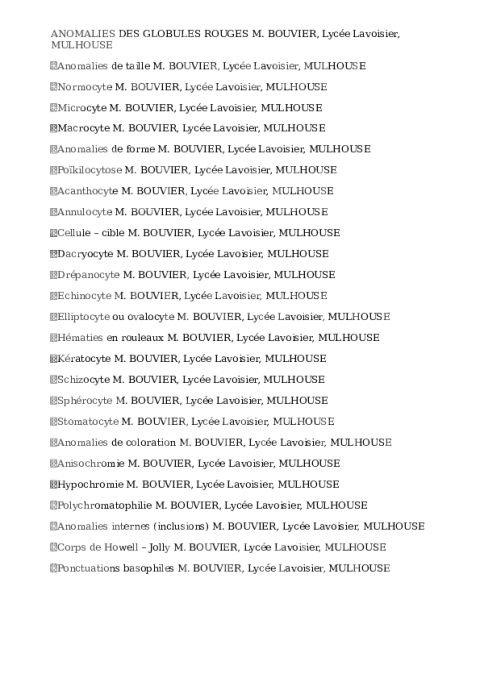Bios user guide TI-RTOS Kernel SYS BIOS User's Guide Literature Number SPRUEX U February SPRUEX U ??February Contents Submit Documentation Feedback Contents Preface About SYS BIOS What is SYS BIOS How are SYS BIOS and TI-RTOS Related How are SYS BIOS and
TI-RTOS Kernel SYS BIOS User's Guide Literature Number SPRUEX U February SPRUEX U ??February Contents Submit Documentation Feedback Contents Preface About SYS BIOS What is SYS BIOS How are SYS BIOS and TI-RTOS Related How are SYS BIOS and XDCtools Related SYS BIOS as a Set of Packages Configuring SYS BIOS Using XDCtools XDCtools Modules and Runtime APIs SYS BIOS Packages and APIs SYS BIOS Object Creation POSIX Thread Support Using C with SYS BIOS Memory Management Name Mangling Calling Class Methods from the Configuration Class Constructors and Destructors For More Information Using the API Reference Help System SYS BIOS Configuration and Building Creating a SYS BIOS Project with the TI Resource Explorer Adding SYS BIOS Support to an Existing Project Configuring SYS BIOS Applications Opening a Configuration File with XGCONF Performing Tasks with XGCONF Saving the Configuration About the XGCONF views Using the Available Products View Using the Outline View Using the Property View Using the Problems View Finding and Fixing Errors Accessing the Global Namespace Building SYS BIOS Applications Understanding the Build Flow Rules for Working with CCS Project Properties Building an Application with GCC Running and Debugging an Application in CCS Compiler and Linker Optimization Threading Modules SYS BIOS Startup Sequence Overview of Threading Modules SPRUEX U ??February Contents Submit Documentation Feedback www ti comContents Types of Threads Choosing Which Types of Threads to Use A Comparison of Thread Characteristics Thread Priorities Yielding and Preemption Hooks Using SYS BIOS on SMP Systems Hardware Interrupts Creating Hwi Objects Hardware Interrupt Nesting and System Stack Size Hwi Hooks Software Interrupts Creating Swi Objects Setting Software Interrupt Priorities Software Interrupt Priorities and System Stack Size Execution of Software Interrupts Using a Swi Object ? s Trigger Variable Benefits and Tradeoffs Synchronizing Swi Functions Swi Hooks Tasks Creating Tasks Task Execution States and Scheduling Task Stacks Testing for Stack Overflow Task Hooks Task Yielding for Time-Slice Scheduling The Idle Loop Example Using Hwi Swi and Task Threads Synchronization Modules Semaphores Semaphore Example Event Module Implicitly Posted Events Gates Preemption-Based Gate Implementations Semaphore-Based Gate Implementations Priority Inversion Configuring the SYS BIOS Gate Type Mailboxes Queues Basic FIFO Operation of a Queue Iterating Over a Queue Inserting and Removing Queue Elements Atomic Queue Operations Timing Services Overview of Timing Services Clock Contents SPRUEX U ??February Submit Documentation Feedback Contentswww ti com Timer Module Seconds Module Timestamp Module Support Modules Modules for Application Support and Management BIOS Module System Module SysMin Module SysCallback Module Program Module Startup Module Reset Module Error Module Text Module Memory Background Memory Map Choosing an Available Platform Creating a Custom Platform Placing Sections into Memory Segments Configuring Simple Section Placement Configuring Section Placement Using a SectionSpec Providing a Supplemental Linker Command File Default Linker Command File and Customization Options Sections and Memory Mapping for MSP Stellaris M and C x Stacks System Stack Task Stacks Cache Configuration Configure Cache Size Registers at Startup Configure Parameters to Set MAR Registers Cache Runtime APIs Dynamic Memory Allocation Memory Policy Specifying the
Documents similaires










-
30
-
0
-
0
Licence et utilisation
Gratuit pour un usage personnel Aucune attribution requise- Détails
- Publié le Jan 13, 2022
- Catégorie Administration
- Langue French
- Taille du fichier 2.7MB


